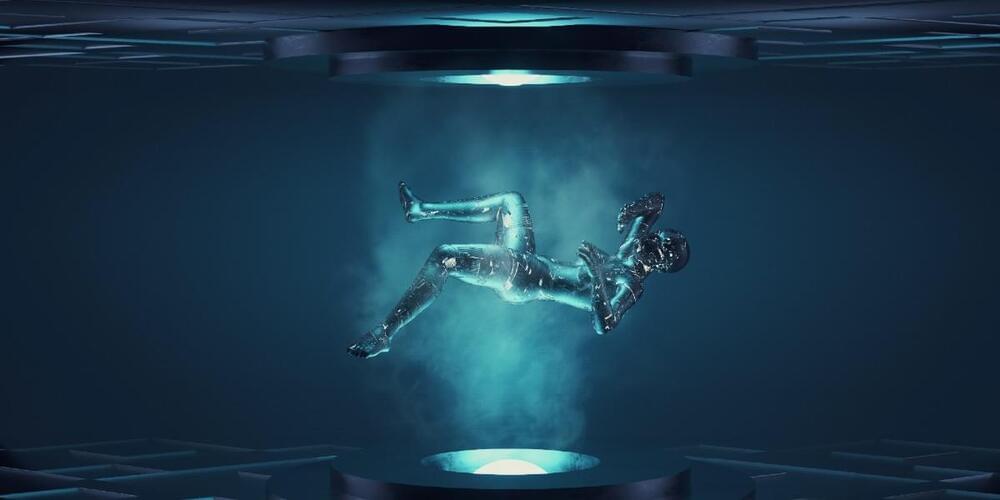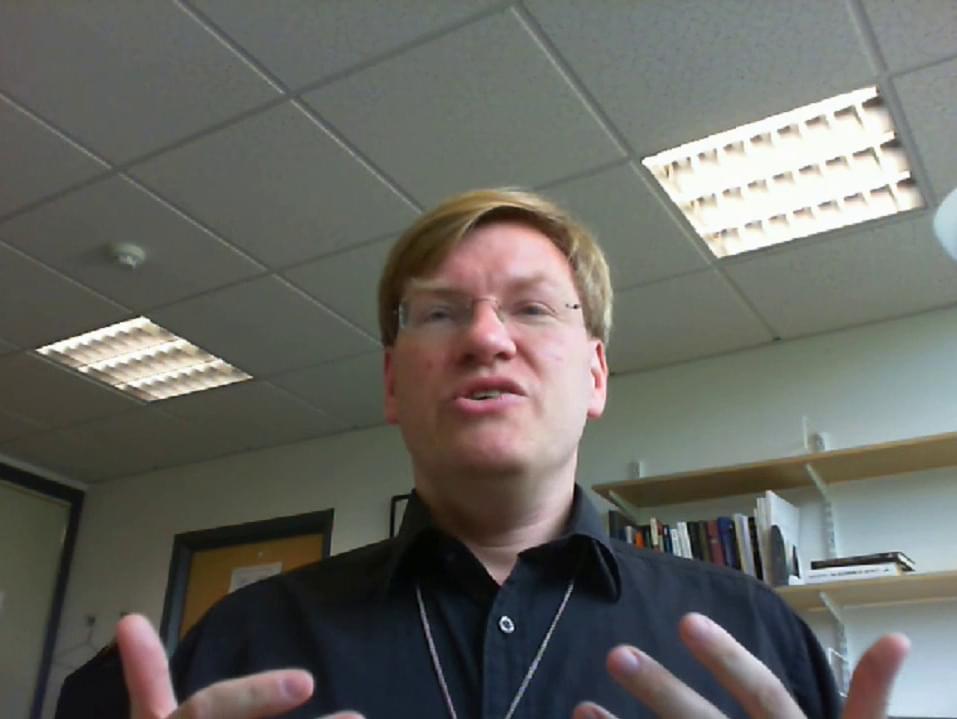A new paper explores the quantum Griffith singularity in phase transitions, focusing on recent studies that could expand our understanding of high-temperature superconductivity in unconventional materials.
Exploring exotic quantum phase transitions has long been a key focus in condensed matter physics. A critical phenomenon in a phase transition is determined entirely by its universality class, which is governed by spatial and/or order parameters and remains independent of microscopic details. Quantum phase transitions, a subset of phase transitions, occur due to quantum fluctuations and are tuned by specific system parameters at the zero-temperature limit.
The superconductor-insulator/metal phase transition is a classic example of quantum phase transition, which has been intensely studied for more than 40 years. Disorder is considered one of the most important influencing factors, and therefore has received widespread attention. During the phase transitions, the system usually satisfies scaling invariance, so the universality class will be characterized by a single critical exponent. In contrast, the peculiarity of quantum Griffith singularity is that it breaks the traditional scaling invariance, where exotic physics emerges.





